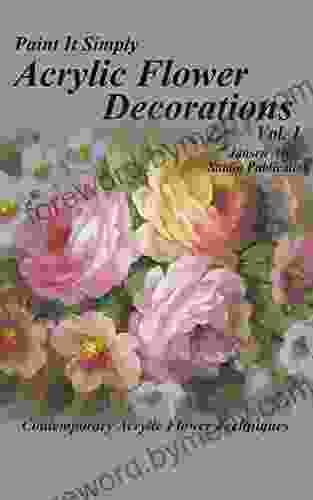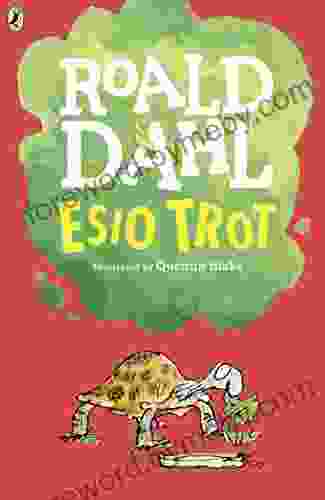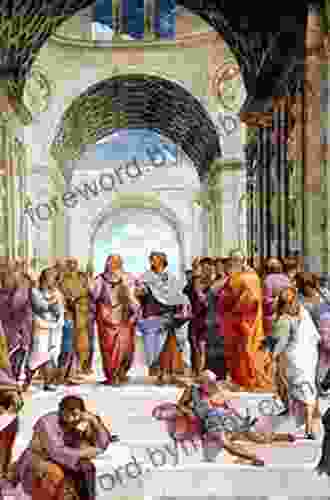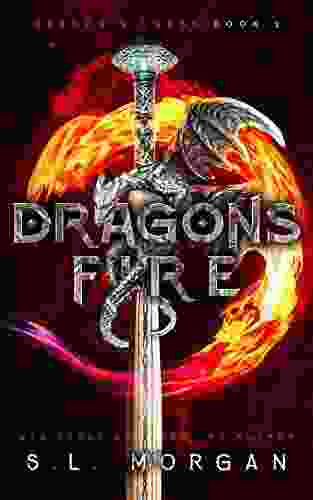Humanistic Themes in the Art of the Renaissance: A testament to the rise of Humanism

The Renaissance, a period of profound intellectual and cultural transformation, marked a remarkable shift in the artistic landscape. During this era, artists began to embrace a newfound focus on humanism, placing greater emphasis on the human form, emotion, and reason. This article delves into the fascinating world of humanistic themes in the art of the Renaissance, exploring how artists ingeniously captured the complexities of the human experience and ignited a profound appreciation for our place in the world.
The Rise of Humanism
The Renaissance witnessed a profound intellectual movement known as humanism, which emphasized the study of classical texts and the rediscovery of ancient Greek and Roman philosophies. Humanists believed in the potential of human reason and the importance of fostering human potential. This humanistic perspective significantly influenced the artistic expression of the time, leading to a shift away from the rigid medieval styles and towards a more naturalistic and emotionally resonant art form.
4.7 out of 5
| Language | : | English |
| File size | : | 23925 KB |
| Text-to-Speech | : | Enabled |
| Screen Reader | : | Supported |
| Enhanced typesetting | : | Enabled |
| Print length | : | 548 pages |
Humanism in Renaissance Painting
Renaissance painters played a pivotal role in embodying humanistic themes through their works. They skillfully depicted the human form with unprecedented accuracy and realism, capturing the nuances of human anatomy, facial expressions, and gestures. Artists like Leonardo da Vinci, Michelangelo, and Raphael became masters of this naturalistic style, creating iconic masterpieces that continue to captivate audiences today.
One of the most striking examples of humanism in Renaissance painting is Leonardo da Vinci's "Mona Lisa." This enigmatic portrait showcases da Vinci's extraordinary ability to convey human emotion through subtle facial expressions and a captivating gaze. The subject's enigmatic smile and the play of light and shadow on her face have made this painting a timeless symbol of the Renaissance.
Humanism in Renaissance Sculpture
Alongside painting, sculpture also became a powerful medium for expressing humanistic themes during the Renaissance. Sculptors like Donatello and Michelangelo sculpted life-like figures that exuded a sense of grace, strength, and individuality. They depicted biblical and mythological subjects with a profound understanding of human anatomy and a keen eye for detail.
Michelangelo's famous sculpture "David" stands as a testament to the humanist spirit of the Renaissance. This colossal marble statue captures the biblical hero David with youthful vigor and athletic perfection. The sculpture's anatomical accuracy and dynamic pose reflect Michelangelo's mastery of human form and his deep appreciation for the human body as a vessel for beauty and strength.
Humanism and the Depiction of Nature
The humanistic perspective of the Renaissance extended beyond the human form and encompassed the natural world as well. Artists began to depict landscapes with greater realism and attention to detail, reflecting a growing appreciation for the beauty and complexity of the environment. Landscapes became a backdrop for human interactions, symbolizing the connection between humanity and the natural world.
In his painting "The School of Athens," Raphael juxtaposed human figures with an architectural setting that draws inspiration from classical Greek ruins. The composition harmoniously blends human knowledge and creativity with the enduring power of ancient architecture, showcasing the Renaissance belief in the continuity between classical antiquity and the present.
The Legacy of Humanism in Renaissance Art
The humanistic themes that permeated the art of the Renaissance continue to resonate with audiences today. The emphasis on human potential, the celebration of the human form, and the appreciation for nature have left an enduring legacy that has shaped the course of Western art.
Humanistic principles inspired subsequent artistic movements, including Baroque and Neoclassicism, and continue to influence contemporary art practices. The Renaissance emphasis on humanism has fostered a deep appreciation for the human experience and the enduring power of art to capture the complexities of our shared humanity.
The art of the Renaissance serves as a testament to the rise of humanism, a movement that placed profound emphasis on the human experience and the potential of human reason. Artists of this era embraced humanistic themes, revolutionizing the depiction of the human form, emotion, and the natural world. Through their masterful works of art, they ignited a renewed appreciation for our place in the universe and left a lasting legacy that continues to inspire and enchant.
By exploring the humanistic themes in the art of the Renaissance, we gain a glimpse into the transformative power of humanism and its enduring influence on our understanding of ourselves and the world around us.
4.7 out of 5
| Language | : | English |
| File size | : | 23925 KB |
| Text-to-Speech | : | Enabled |
| Screen Reader | : | Supported |
| Enhanced typesetting | : | Enabled |
| Print length | : | 548 pages |
Do you want to contribute by writing guest posts on this blog?
Please contact us and send us a resume of previous articles that you have written.
 Book
Book Novel
Novel Page
Page Chapter
Chapter Text
Text Story
Story Genre
Genre Reader
Reader Library
Library Paperback
Paperback E-book
E-book Magazine
Magazine Newspaper
Newspaper Paragraph
Paragraph Sentence
Sentence Bookmark
Bookmark Shelf
Shelf Glossary
Glossary Bibliography
Bibliography Foreword
Foreword Preface
Preface Synopsis
Synopsis Annotation
Annotation Footnote
Footnote Manuscript
Manuscript Scroll
Scroll Codex
Codex Tome
Tome Bestseller
Bestseller Classics
Classics Library card
Library card Narrative
Narrative Biography
Biography Autobiography
Autobiography Memoir
Memoir Reference
Reference Encyclopedia
Encyclopedia John Cheever
John Cheever Fiona Thomas
Fiona Thomas Rob Marley
Rob Marley Erwin Rosenthal
Erwin Rosenthal Frances Corner
Frances Corner Erin Bomboy
Erin Bomboy Esi Edugyan
Esi Edugyan Margaret Powell
Margaret Powell Foster Provost
Foster Provost Estelle Frankel
Estelle Frankel Mark A Bradley
Mark A Bradley Ernest Small
Ernest Small Mike Magee Md
Mike Magee Md Frank Romans
Frank Romans Faithann Y Brown
Faithann Y Brown Peter Economy
Peter Economy Florence Scovel Shinn
Florence Scovel Shinn Farley Mowat
Farley Mowat Francesca Castaldi
Francesca Castaldi Peter Mansfield
Peter Mansfield
Light bulbAdvertise smarter! Our strategic ad space ensures maximum exposure. Reserve your spot today!

 Preston SimmonsMaster the Art of Badminton: A Comprehensive Guide to Rules, Scoring, Wins,...
Preston SimmonsMaster the Art of Badminton: A Comprehensive Guide to Rules, Scoring, Wins,...
 Deion SimmonsTransform Your Home into a Botanical Paradise: The Ultimate Guide to Acrylic...
Deion SimmonsTransform Your Home into a Botanical Paradise: The Ultimate Guide to Acrylic... Ryūnosuke AkutagawaFollow ·18.8k
Ryūnosuke AkutagawaFollow ·18.8k Branson CarterFollow ·12.8k
Branson CarterFollow ·12.8k William GoldingFollow ·6.4k
William GoldingFollow ·6.4k Luke BlairFollow ·15.1k
Luke BlairFollow ·15.1k Wayne CarterFollow ·17.6k
Wayne CarterFollow ·17.6k Dwayne MitchellFollow ·5.4k
Dwayne MitchellFollow ·5.4k Ervin BellFollow ·12.9k
Ervin BellFollow ·12.9k Julian PowellFollow ·13.1k
Julian PowellFollow ·13.1k

 Al Foster
Al FosterDive into the Enchanting World of Manatees: An...
Unveiling the Secrets of the Gentle...

 Isaac Mitchell
Isaac MitchellThe Farm Reggie and Friends: US Version - A Captivating...
A Heartwarming Tale that Embraces...

 Esteban Cox
Esteban CoxThe Interior Design Handbook: Your Comprehensive Guide to...
Are you ready to...

 William Wordsworth
William WordsworthFall Head Over Heels for "Esio Trot" by Roald Dahl: A...
Prepare to be charmed, amused, and utterly...

 Caleb Carter
Caleb CarterBlack Clover Vol Light Frida Ramstedt: A Thrilling...
Prepare to be spellbound by...

 Richard Simmons
Richard SimmonsFantastic Mr. Fox: A Literary Adventure That Captivates...
In the realm...
4.7 out of 5
| Language | : | English |
| File size | : | 23925 KB |
| Text-to-Speech | : | Enabled |
| Screen Reader | : | Supported |
| Enhanced typesetting | : | Enabled |
| Print length | : | 548 pages |








